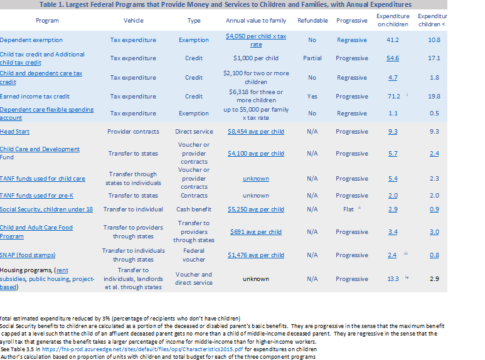What the President giveth, the President taketh away. Blessed be the name of the President.
Now that President Obama has let both the expenditure and revenue-raising shoes drop, it is clear that the costs to state and local governments of the new jobs bill could very well equal—perhaps exceed—the benefits they might receive.
In his speech before Congress last week, he proposed approximately $200 billion in new inter-governmental aid to state and local governments so they could hire teachers, build roads, and so forth. That is roughly the same size as the 2009 stimulus package, which spread approximately $400 billion over two years.
Unlike his 2009 stimulus package, the president this time added a tax plan to cover the costs. It includes placing a limit on one of the biggest tax loopholes: the ability to deduct from one’s income the interest received from investments in state and local bonds. The president wants to limit the deduction to the 28 percent tax rate, instead of the approximately 40 percent marginal rate that well-heeled investors (the folks who generally buy these things) would otherwise pay.
Elsewhere, I discuss the unfortunate impact of Obama’s “tax and spend” plans on the U. S. federal system.
My point here is simpler: state and local governments, not investors, are the primary beneficiaries of the tax deduction loophole. When bonds are fully tax-deductible on federal income tax returns, as most state and municipal bonds now are, investors will accept a lower interest rate on their investment.
In other words, state and local governments are now able to borrow money much more cheaply than others do. Often they can get a lower rate than the federal government.
Those who invest in state and local bonds accept that lower rate because, after the tax advantage is figured in, they come out slightly ahead, but that advantage is relatively small, as the highly competitive bond market erodes away all but small advantages.
Yet the loophole is of great value to state and local governments, as they pay a lot less interest than they otherwise would. Take some of it away and it could cost states and municipalities another $200 billion dollars or more over the next ten years. I don’t know what the exact number is, because it will take a computer program to figure it out. I expect someone will run the numbers shortly.





